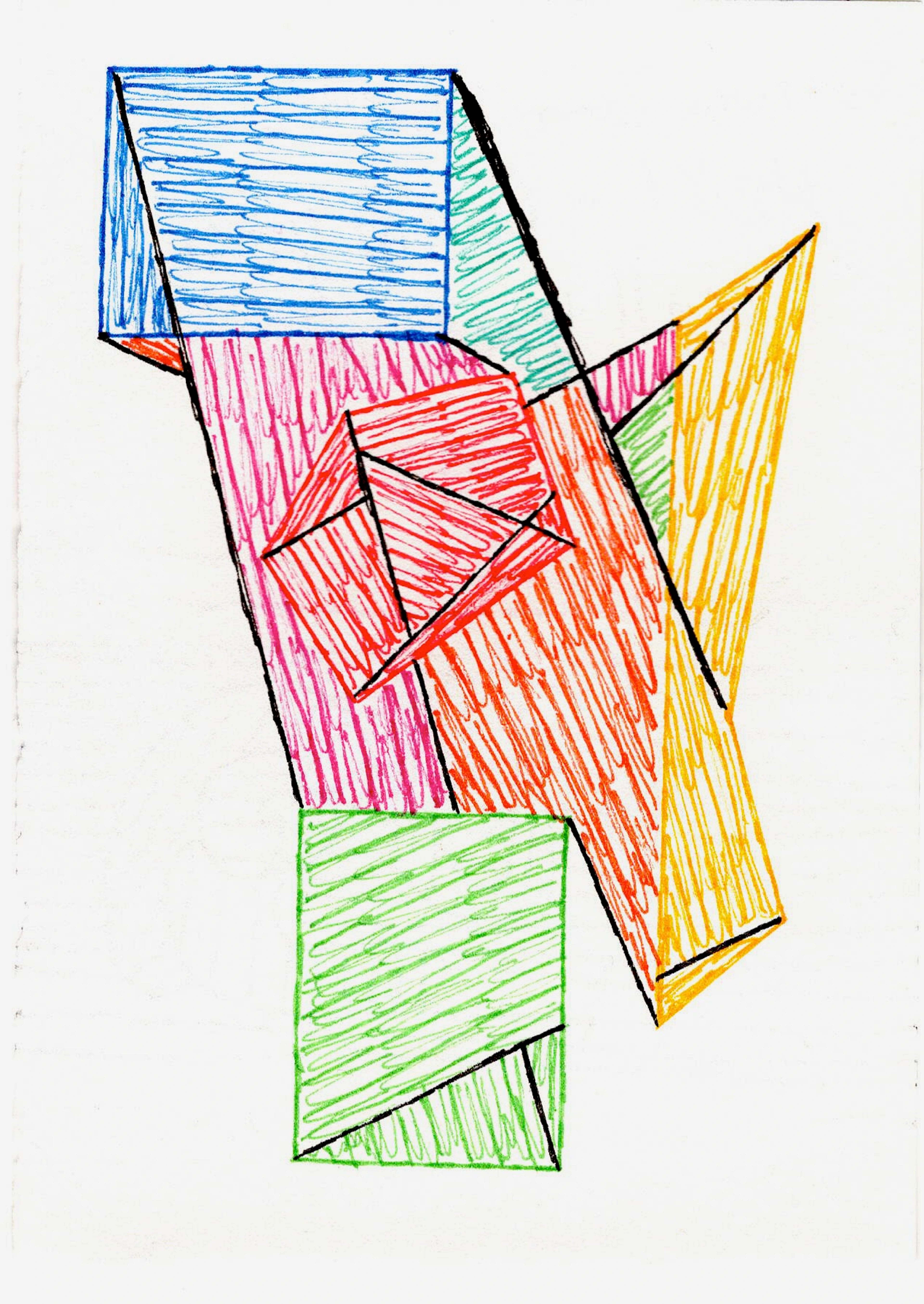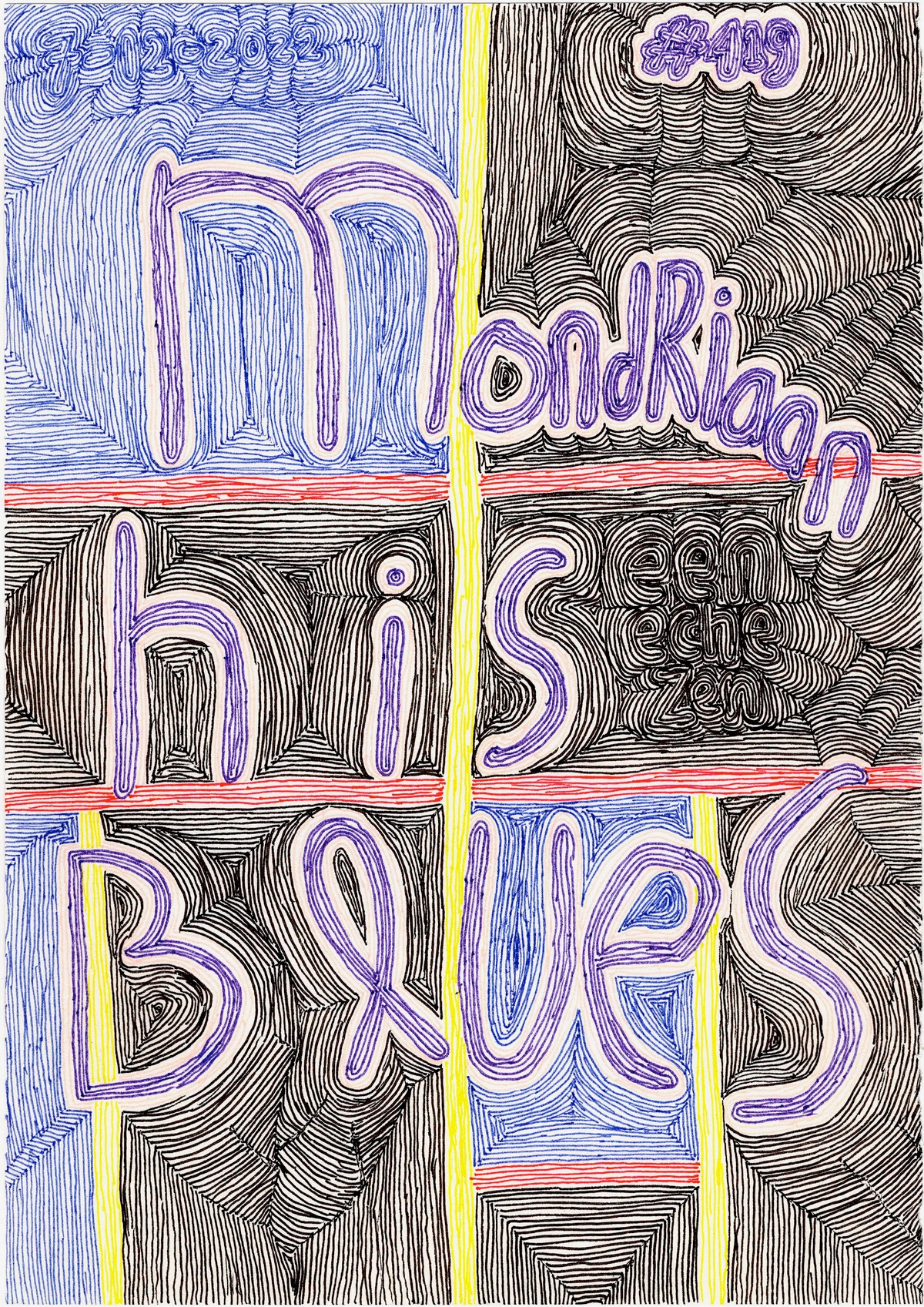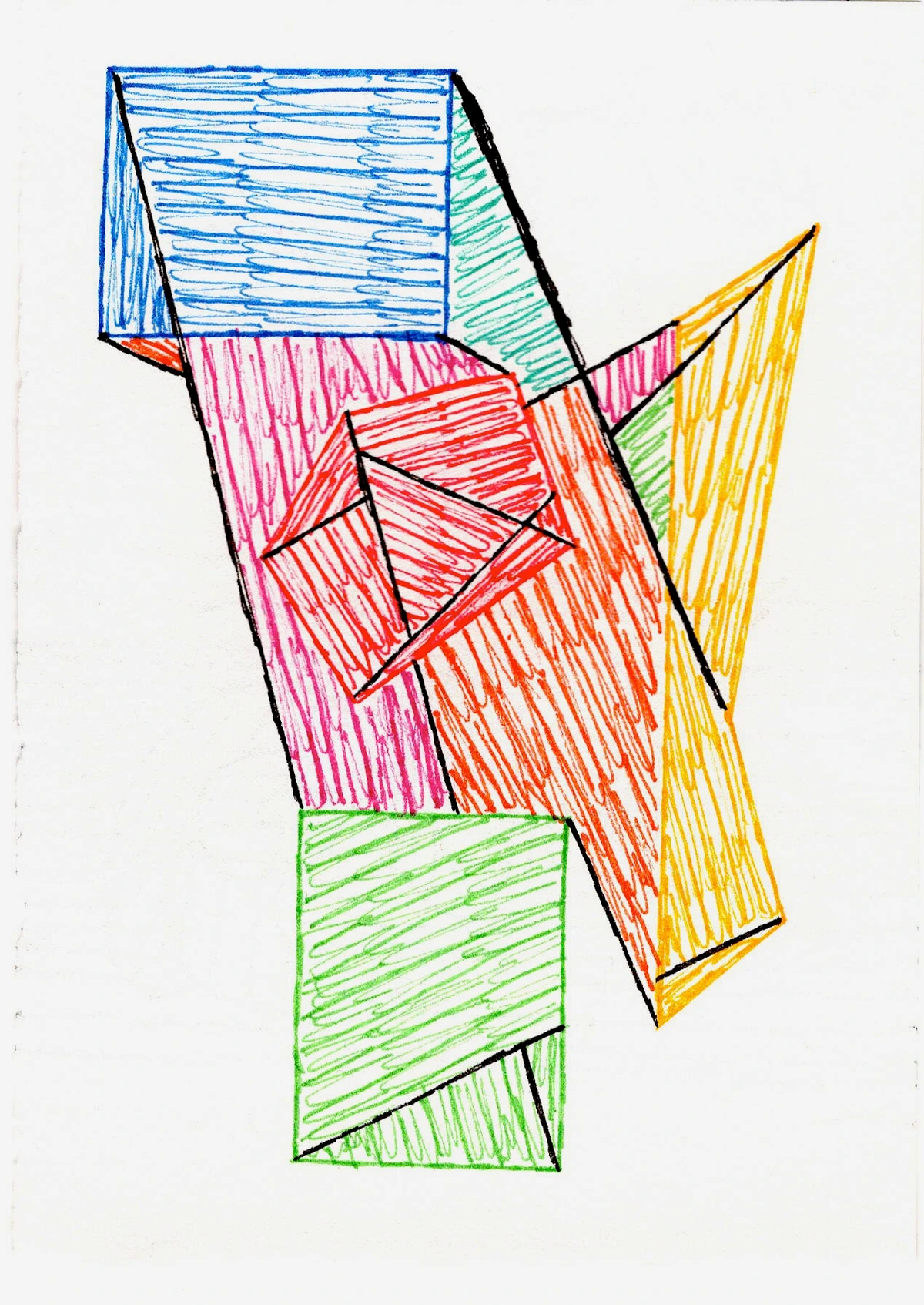
Decorating Home Office with Art: Boost Creativity & Focus
Transform your home office with art! Discover how strategic art choices and placement can boost creativity, sharpen focus, and make your workspace truly inspiring. A personal guide.
My Secret Weapon: How Art Transformed My Home Office (And Can Boost Yours!)
I used to think my home office was just... a room. A functional space where the computer lived and I occasionally wrestled with deadlines. It was beige, bless its heart, and about as inspiring as a spreadsheet. But then, a few years back, when working from home became the new normal for so many of us, I found myself staring at those same four walls, and a thought hit me: this place needs a soul. It needs more than just a desk and a chair; it needs something to spark joy, to calm the chaos, and honestly, to trick my brain into feeling creative even on the most 'blah' Tuesdays. That's when art entered the picture, quite literally, and it changed everything. I’m talking about a genuine shift in my productivity and mood. Seriously.
The Subtle Power of What You See
Have you ever noticed how some spaces just feel different? Like a cozy coffee shop that makes you want to write a novel, or a bustling market that energizes you? Our surroundings are constantly whispering to our subconscious. And in a home office, where focus is gold and creativity can feel like a fleeting ghost, what we put on our walls isn't just decoration; it's a silent partner in our work. I remember reading once that even looking at nature scenes can reduce stress, and while my office isn't exactly a forest, I figured art could do something similar for my urban jungle. It's about crafting an environment that supports your best self, even when you're just trying to get through those emails. In fact, if you want a deeper dive, there's a fantastic case study on transforming a home office with biophilic abstract art that really opened my eyes.

zenmuseum.com, https://creativecommons.org/licenses/by/2.0/
Finding Your Creative Muse – What Art Works?
Now, what kind of art are we talking about here? This is where it gets fun, and surprisingly personal. I used to think 'office art' meant bland landscapes or motivational posters (shudder). But I've learned it's about what resonates with you. For me, it's often abstract art. Why? Because it offers a visual escape without demanding a narrative. You know, sometimes a detailed cityscape just makes me think about my commute, and that's not exactly 'focus-boosting'. Abstract pieces, on the other hand, invite interpretation. They let my mind wander just enough to spark an idea, then gently pull me back to the task. It's like a mental stretch break. If you're looking for pieces that evoke different emotions or align with certain interior vibes, I’ve delved into specific styles before. For example, if you're into that serene, uncluttered look, there's a lot to say about minimalist spaces. Or perhaps you prefer something more vibrant and layered, then bohemian interiors might be your jam. It's truly about listening to what your eyes and brain crave.

zenmuseum.com, https://creativecommons.org/licenses/by/2.0/
The Art of Placement – Where to Put It (and How Much)
This is where I, admittedly, made a few mistakes early on. I once hung a huge, intensely detailed piece right behind my monitor. Guess what? Instant distraction. Every. Single. Time. It was beautiful, but my brain couldn't resist trying to decipher every brushstroke instead of writing that report. So, a key lesson I learned: placement is paramount.
Think about your direct line of sight. What do you see when you lift your eyes from your screen? Ideally, you want something visually interesting but not overpowering. A subtle abstract piece or a calming geometric pattern can be perfect for a quick mental reset. If you have a larger wall that's not directly in your eye-line during work, that's prime real estate for a bolder statement piece. It becomes a backdrop, an anchor for the room, rather than a visual competitor for your attention.
And what about size? This is another one where people often get it wrong. Too small, and it looks lost. Too big, and it can shrink the room. For smaller home offices, I've found that maximizing impact in compact areas is crucial – think vertical pieces to draw the eye up, or a carefully curated gallery wall that feels cohesive rather than chaotic. Oh, and don't forget lighting! Even the most stunning piece can fall flat in poor light. There's a whole art to displaying abstract art for maximum impact that makes a huge difference.

zenmuseum.com, https://creativecommons.org/licenses/by/2.0/
Crafting Your Creative Sanctuary – It’s a Journey
Building an inspiring home office isn't a one-and-done deal. It's an ongoing process, a bit like my own artist's journey – constantly evolving, sometimes messy, but always moving forward. Don't be afraid to experiment! Try moving pieces around, swapping them out with art from other rooms, or even starting a small collection. Each piece tells a story, and the ones you choose for your workspace should tell a story that empowers you. If you’re anything like me, you’ll find that investing in art is investing in your own well-being and productivity. It's a personal journey, sure, but a worthwhile one. And hey, if you find yourself wanting to explore some pieces for your own sanctuary, you know where to look. Or perhaps you'd like to see some of my work up close at my museum in 's-Hertogenbosch!
Frequently Asked Questions
Question | My Take |
|---|---|
| What kind of art is best for a home office? | Honestly, it's what resonates with you. I lean towards abstract or geometric pieces because they offer visual interest without distracting narratives. Calming colors (blues, greens) can be great for focus, while vibrant ones (yellows, oranges) can spark creativity. Avoid anything too busy or emotionally charged if you need to concentrate. |
| How many pieces of art should I have in my office? | This depends on the size of your space and your personal style. For a smaller office, one or two well-chosen pieces can make a significant impact. In a larger area, a thoughtfully arranged gallery wall or a few strategically placed pieces can work. The goal isn't to fill every wall, but to create visual interest and support your workflow. |
| Can art be distracting? | Absolutely, if chosen or placed poorly! That's why I avoid overly detailed or narrative pieces directly in my line of sight when I need to focus. Think of art as a visual break, not another screen. It should invite your gaze for a moment, then let your mind return to work. If you find yourself constantly staring at it, it might be too engaging for a primary focus area. |
| Should art match my office decor perfectly? | Not necessarily 'match' in a rigid sense, but it should harmonize. Think about complementary colors, textures, and styles. A pop of unexpected color can add personality, but clashing aesthetics can create visual tension. It's all about creating a coherent feeling even if the elements aren't identical. After all, your office is an extension of you! |
Conclusion
So, if your home office is currently feeling more like a functional box than a source of inspiration, take a moment to look around. Imagine what a splash of color, a thoughtful composition, or a dynamic abstract piece could do. It's not just about making the room look pretty (though that's a nice bonus!). It's about consciously shaping your environment to support your creativity, sharpen your focus, and make those long workdays just a little bit more joyful. Go on, give your workspace the art it deserves – and watch how your work, and your well-being, transforms.




